Nationality British Role Aeronautical engineer Name Beatrice Shilling | Spouse(s) George Naylor Died November 18, 1990 | |
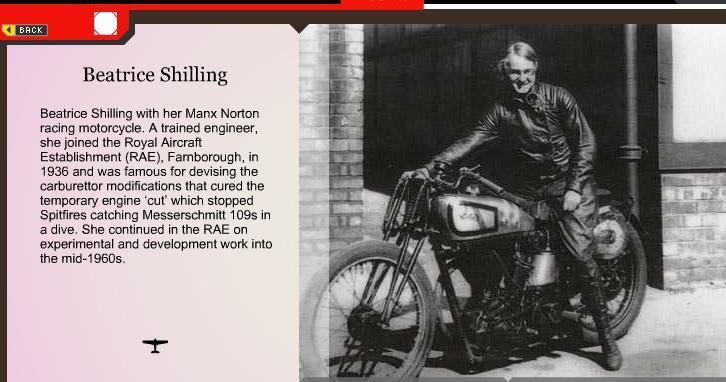 | ||
Institution memberships Institution of Mechanical EngineersWomen's Engineering Society Significant awards | ||
Significant advance Aircraft engine Education University of Manchester Engineering discipline Aerospace Engineering | ||
Stem history beatrice shilling
Beatrice (Tilly) Shilling OBE PhD MSc CEng (8 March 1909 – 18 November 1990) was a British aeronautical engineer and motor racer. During the Second World War, she invented "Miss Shilling's orifice", a small metal disc similar to a metal washer that restricted fuel flow to the carburetor helping prevent engine stall in the Rolls-Royce Merlin engines of the Hawker Hurricane and Supermarine Spitfire fighters, which could lose power or even completely cut out during certain manoeuvres; a significant disadvantage in active service.
Contents
- Stem history beatrice shilling
- Beatrice Shilling 1909 1990 Spitfire saviour engineering pioneer UK BBC 1st August 2018
- Early life
- Second World War
- The orifice
- Later life
- Motor sports
- Personal life
- Legacy
- References
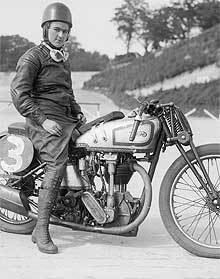
Shilling raced motorbikes in the 1930s, and, after the war, raced cars.
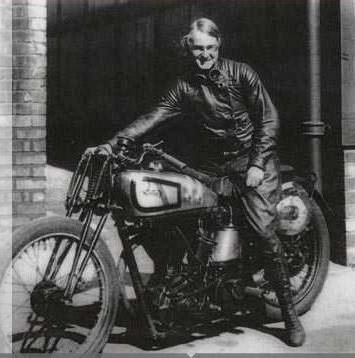
Beatrice Shilling (1909-1990) Spitfire saviour & engineering pioneer (UK) - BBC - 1st August 2018
Early life
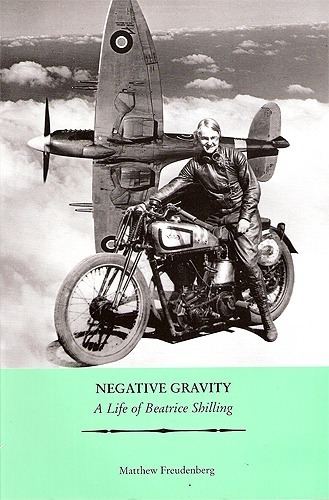
Shilling was born at Waterlooville, Hampshire, the daughter of a butcher. At age 14, she bought herself a motorbike, which she tinkered with; she was already determined to become an engineer. After completing secondary school, she worked for an electrical engineering company for three years, installing wiring and generators. Her employer, Margaret Partridge, encouraged her to study electrical engineering at the University of Manchester; she received a bachelor's degree in 1932 and stayed on for a year to get a Master of Science degree in mechanical engineering. Jobs were hard to find in the Depression; she worked as a research assistant for Professor G. F. Mucklow at the University of Birmingham. In 1936 she was recruited as a scientific officer by the Royal Aircraft Establishment (RAE), the research and development agency of the Royal Air Force (RAF) in Farnborough, Hampshire. She worked at Royal Aircraft Establishment until her retirement in 1969.
Second World War
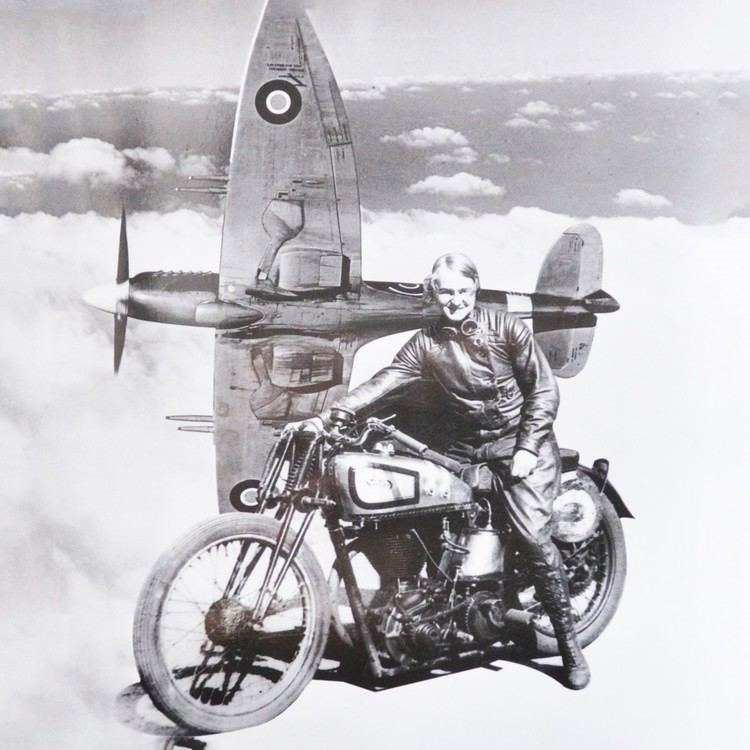
Shilling worked on many projects for RAE during the war.
The orifice

During the Battle of France and Battle of Britain in 1940, RAF pilots discovered a serious problem in fighter planes with Merlin engines, such as the Hurricane and Spitfire. When the plane went nose-down to begin a dive, the resulting negative g-force would flood the engine's carburettor, causing the engine to stall.
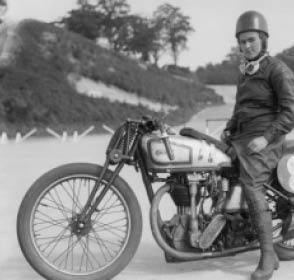
German fighters used fuel injection engines and did not have this problem. So in action, a German fighter could evade a pursuing RAF fighter by flying a negative g manoeuvre which the RAF plane could not follow.

Shilling devised the R.A.E. restrictor to solve this problem. It was a brass thimble with a hole in the middle (later further refined to a flat washer), which could be fitted into the engine's carburettor without taking the aircraft out of service. The restrictor limited maximum fuel flow and prevented flooding. By March 1941, she had led a small team on a tour of RAF fighter stations, installing the devices in their Merlin engines. The restrictor was immensely popular with pilots, who affectionately named it 'Miss Shilling's orifice' or simply the 'Tilly orifice.' It continued in use as a stop-gap until the introduction of the pressure carburetor in 1943.
Later life
After the war, Shilling worked on a variety of projects including the Blue Streak missile and the effect of a wet runway upon braking. Shilling was once described by a fellow scientist as "a flaming pathfinder of women's lib"; she always rejected any suggestion that as a woman she might be inferior to a man in technical and scientific fields. However, her brusque manner and contempt for bureaucracy led to an uneasy relationship with management. Shilling worked for the RAE until 1969, rising to a senior post in the Mechanical Engineering Department.
She held an honorary doctorate from the University of Surrey, and was a CEng and member of the Institution of Mechanical Engineers and the Women's Engineering Society.
Motor sports
In the 1930s, Shilling raced motorbikes. She beat professional riders, such as Noel Pope, and was awarded the Gold Star for lapping the Brooklands circuit at 106 miles per hour (171 km/h) on her Norton M30.
After the war, Beatrice and husband George turned to racing cars, which were tuned and modified extensively in their home workshop. Starting off their exploits with a much-lightened Lagonda Rapier, between 1959 and 1962 they raced an Austin-Healey Sebring Sprite, most frequently at Goodwood Members' Meetings, scoring a number of third places and even one race win. George's driving career became more serious with the 1961 acquisition of an Elva 200 Formula Junior single-seater, but there were accidents for both of them, and the Elva was converted into a Mk VI sports car.
Personal life
Shilling married George Naylor, in September 1938. He also worked at the RAE. According to anecdote, she refused to marry him until he also had been awarded the Brooklands Gold Star for lapping the circuit at over 100 mph. During the Second World War he was a bomber pilot with No. 625 Squadron RAF and reached the rank of Flight Lieutenant. He was awarded the Distinguished Flying Cross (DFC). He volunteered for an extra tour of bombing missions, over and above what was expected of him. He suffered tinnitus and other health problems in later life as a result of his wartime activities.
Legacy
In 2011, the Wetherspoons chain of public houses opened a pub in Farnborough named the Tilly Shilling in her honour. In 2015, a collection of her racing badges and trophies was bought by the Brooklands Museum.
